How to Train Your Dog to Be Around Pet Birds: A Guide to a Peaceful Home
Ankita Rai | Jun 09, 2025, 22:25 IST
( Image credit : Pexels, Times Pets )
Introducing a dog to a pet bird requires patience, training, and safety-first strategies. This article offers a step-by-step guide to help pet owners create a calm and respectful environment where both animals can coexist. From setting up separate spaces and teaching essential obedience to supervising gradual introductions, the process focuses on positive reinforcement and impulse control. Whether the goal is peaceful cohabitation or gentle interaction, the key lies in understanding both species' instincts and building trust over time. With consistency and care, a peaceful, multi-species home is absolutely achievable.
If you’ve ever dreamed of a home where your Labrador lounges on the floor while your parrot whistles happily from its perch, you’re not alone. But harmony between dogs and birds doesn’t come naturally it takes intention, patience, and training. Dogs are instinctively curious. Birds are instinctively cautious. And when these two species share the same space, it's easy for stress or worse to follow. But with the right guidance, you can build a safe, calm environment where both pets coexist peacefully. Here are five essential steps to help your dog and bird become respectful housemates if not friends.
Step 1: Start With Separate, Safe Spaces
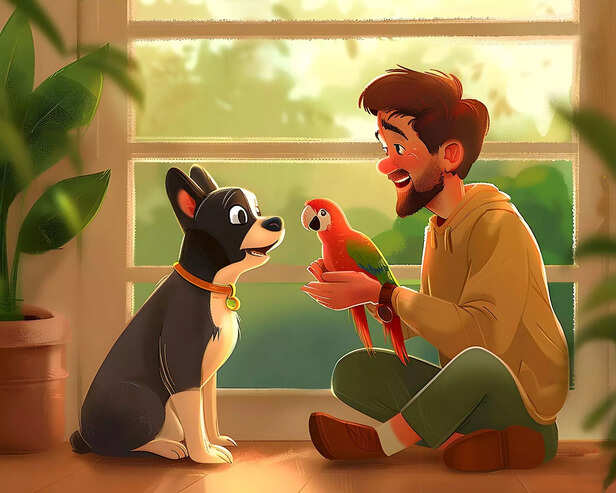
The first step is physical and emotional safety for both pets. Your bird should have a sturdy, secure cage placed in a quiet, elevated area where the dog can’t access it. Choose a room where your bird feels comfortable and isn’t forced into contact with the dog. At this point, the goal isn’t interaction it’s observation. Let both pets get used to each other’s presence from a distance. Your dog may be curious and try to sniff, bark, or whine. That’s normal. What matters is how you respond. Don’t scold. Instead, gently redirect your dog’s attention and reward calm behavior. This stage may take several days or even weeks, depending on your dog’s energy levels and your bird’s temperament. Rushing it can create long-term stress for both animals.
Step 2: Teach Essential Obedience Skills
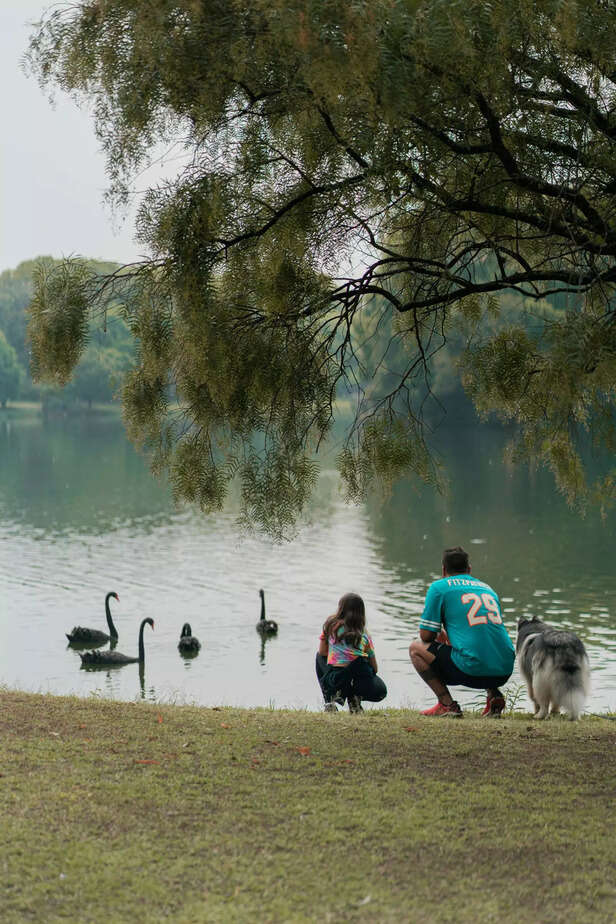
Before you attempt any kind of close interaction, your dog should understand and reliably respond to basic obedience cues especially:
Step 3: Calm, Controlled Introductions
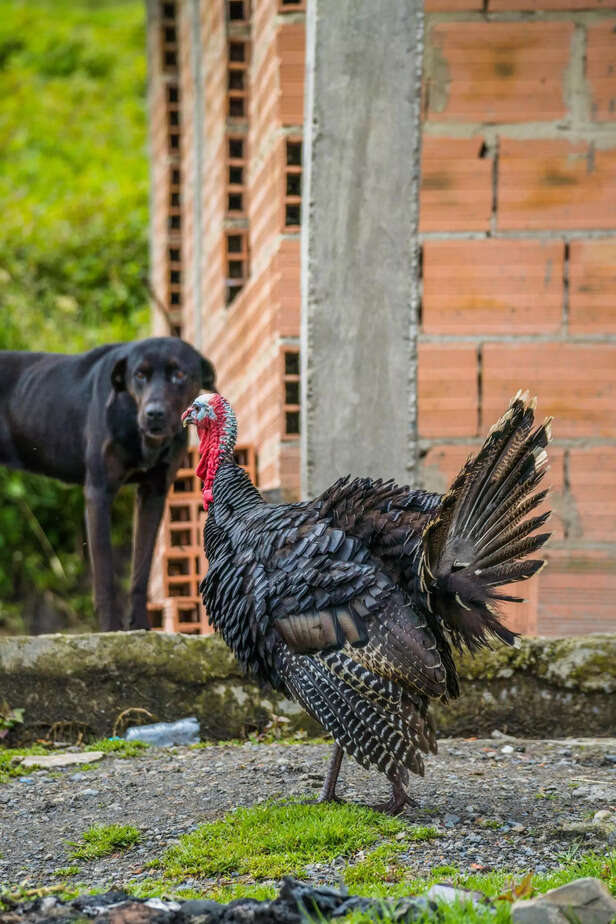
Once your dog can follow commands and remain calm near the bird’s cage, it’s time for a visual introduction. But do it slowly. Keep your dog on a leash and let them observe the bird from a few feet away. The bird should remain in its cage during these sessions. Your job is to watch your dog’s body language: Are they alert but calm? Or are they fixated, whining, or lunging? If your dog becomes too excited or agitated, calmly end the session and try again another day. Never force interaction or let your dog “say hi” with their nose this can scare the bird and reinforce bad habits. Praise and reward your dog anytime they stay calm. You’re teaching them that being relaxed around the bird earns good things. Over time, your dog will begin to associate the bird with a peaceful routine rather than a game or a threat.
Step 4: Reduce Distance, Maintain Control
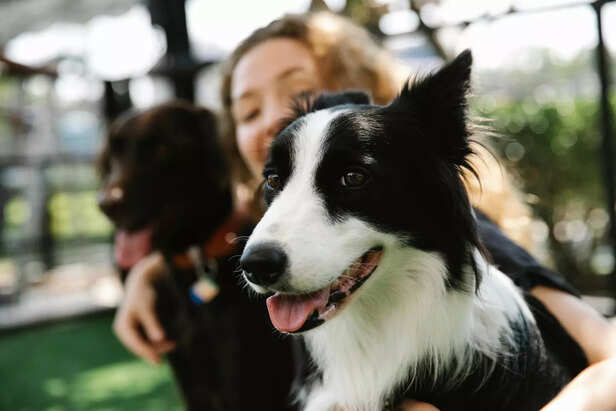
As your dog gets used to the bird’s presence, you can begin to reduce the distance between them but keep safety as your top priority. Continue using the leash, and let the bird move naturally inside the cage. Birds flap, chirp, and climb these sudden movements can trigger a dog’s prey drive. Your job is to calmly reinforce good behavior whenever your dog remains composed, even when the bird is active. This is also a good time to practice impulse control games like “watch me” or delayed treat release. These teach your dog to manage their excitement and focus on you rather than the bird. Remember, this is a slow and steady process. If you move too quickly, you risk scaring the bird or encouraging unwanted behavior in your dog.
Step 5: Supervised Interaction or Respectful Coexistence
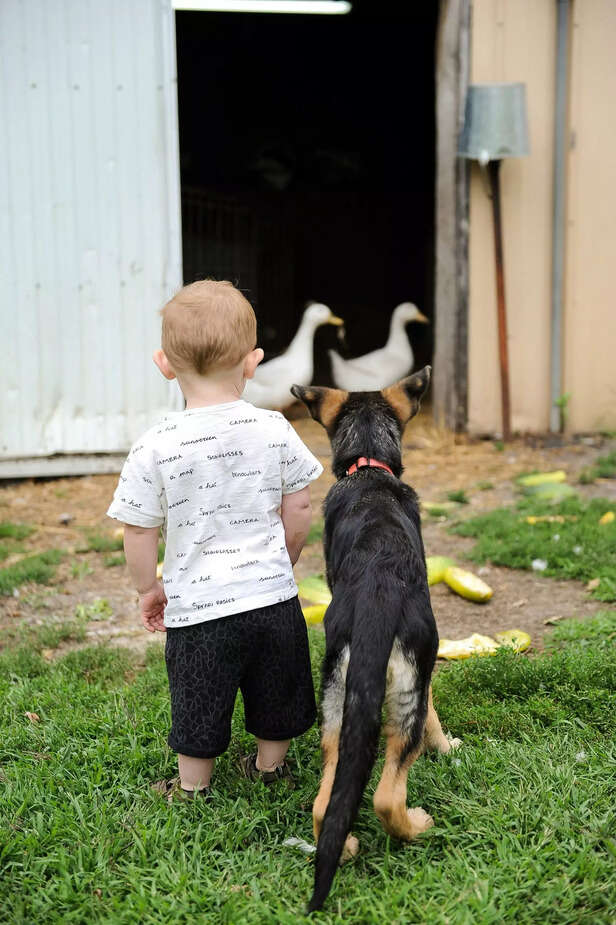
Once your dog consistently shows calm behavior around the bird’s cage, you have a decision to make. Do you want them to interact directly, or is mutual respect enough? If you plan to allow supervised out-of-cage time for the bird, your dog should remain leashed and in a down-stay position. Have another person nearby to handle the bird. Keep sessions short and positive. Never leave them unsupervised, even for a moment. Some dogs can learn to peacefully coexist with birds outside the cage. Others may always require separation. And that's perfectly fine. In fact, many bird and dog owners maintain peaceful households where the animals never directly interact but simply learn to ignore each other. Ultimately, the goal isn't to force a friendship. It’s to create a peaceful, safe environment where neither pet feels threatened or neglected.
Final Thoughts: Coexistence is a Win
Training your dog to be around pet birds isn’t a one-week project. It’s a gradual journey filled with small victories: the first time your dog lays quietly by the cage, the first time your bird sings instead of going silent when the dog enters the room. Celebrate these moments. They’re signs of growing trust. And remember dogs are social learners. The more they see that calm behavior earns rewards and attention, the more they’ll repeat it. Birds, too, thrive in stable environments where they feel protected and heard. In the end, a peaceful home doesn’t require your dog and bird to be best friends. It only requires you to understand their needs, advocate for their safety, and teach them gently that peace is possible. And often, that’s more than enough.
Discover expert advice and the latest tips on pet care, training, health, and more. Stay updated with all things pets at Times Pets!
Step 1: Start With Separate, Safe Spaces

providing a safe environment
( Image credit : Pexels )
The first step is physical and emotional safety for both pets. Your bird should have a sturdy, secure cage placed in a quiet, elevated area where the dog can’t access it. Choose a room where your bird feels comfortable and isn’t forced into contact with the dog. At this point, the goal isn’t interaction it’s observation. Let both pets get used to each other’s presence from a distance. Your dog may be curious and try to sniff, bark, or whine. That’s normal. What matters is how you respond. Don’t scold. Instead, gently redirect your dog’s attention and reward calm behavior. This stage may take several days or even weeks, depending on your dog’s energy levels and your bird’s temperament. Rushing it can create long-term stress for both animals.
Step 2: Teach Essential Obedience Skills

teaching essential skills
( Image credit : Pexels )
Before you attempt any kind of close interaction, your dog should understand and reliably respond to basic obedience cues especially:
- "Leave it" (to stop fixating on or approaching something)
- "Stay" (to remain in place)
- "Go to bed" or "Place" (to return to a calm, designated space)These commands aren’t optional they’re safety tools. Without them, you won’t be able to control your dog’s behavior if things go sideways.
Step 3: Calm, Controlled Introductions

how you introduce them to each other is also important
( Image credit : Pexels )
Once your dog can follow commands and remain calm near the bird’s cage, it’s time for a visual introduction. But do it slowly. Keep your dog on a leash and let them observe the bird from a few feet away. The bird should remain in its cage during these sessions. Your job is to watch your dog’s body language: Are they alert but calm? Or are they fixated, whining, or lunging? If your dog becomes too excited or agitated, calmly end the session and try again another day. Never force interaction or let your dog “say hi” with their nose this can scare the bird and reinforce bad habits. Praise and reward your dog anytime they stay calm. You’re teaching them that being relaxed around the bird earns good things. Over time, your dog will begin to associate the bird with a peaceful routine rather than a game or a threat.
Step 4: Reduce Distance, Maintain Control

maintaing a calm environment is also important
( Image credit : Pexels )
As your dog gets used to the bird’s presence, you can begin to reduce the distance between them but keep safety as your top priority. Continue using the leash, and let the bird move naturally inside the cage. Birds flap, chirp, and climb these sudden movements can trigger a dog’s prey drive. Your job is to calmly reinforce good behavior whenever your dog remains composed, even when the bird is active. This is also a good time to practice impulse control games like “watch me” or delayed treat release. These teach your dog to manage their excitement and focus on you rather than the bird. Remember, this is a slow and steady process. If you move too quickly, you risk scaring the bird or encouraging unwanted behavior in your dog.
Step 5: Supervised Interaction or Respectful Coexistence

coexistence is important
( Image credit : Pexels )
Once your dog consistently shows calm behavior around the bird’s cage, you have a decision to make. Do you want them to interact directly, or is mutual respect enough? If you plan to allow supervised out-of-cage time for the bird, your dog should remain leashed and in a down-stay position. Have another person nearby to handle the bird. Keep sessions short and positive. Never leave them unsupervised, even for a moment. Some dogs can learn to peacefully coexist with birds outside the cage. Others may always require separation. And that's perfectly fine. In fact, many bird and dog owners maintain peaceful households where the animals never directly interact but simply learn to ignore each other. Ultimately, the goal isn't to force a friendship. It’s to create a peaceful, safe environment where neither pet feels threatened or neglected.
Final Thoughts: Coexistence is a Win
Training your dog to be around pet birds isn’t a one-week project. It’s a gradual journey filled with small victories: the first time your dog lays quietly by the cage, the first time your bird sings instead of going silent when the dog enters the room. Celebrate these moments. They’re signs of growing trust. And remember dogs are social learners. The more they see that calm behavior earns rewards and attention, the more they’ll repeat it. Birds, too, thrive in stable environments where they feel protected and heard. In the end, a peaceful home doesn’t require your dog and bird to be best friends. It only requires you to understand their needs, advocate for their safety, and teach them gently that peace is possible. And often, that’s more than enough.
Discover expert advice and the latest tips on pet care, training, health, and more. Stay updated with all things pets at Times Pets!
Frequently Asked Questions (FAQs)
- Can all dog breeds be trained to live with birds?Most breeds can be trained, but high-prey-drive dogs may need stricter supervision or lifelong separation from birds.
- How long does it take for a dog to adjust to a pet bird?It varies by dog, but with daily training, calm behavior can usually be achieved within a few weeks to months.
- Is it ever safe to leave a dog and bird alone together?No, even well-trained dogs should never be left unsupervised with pet birds due to the risk of injury.
